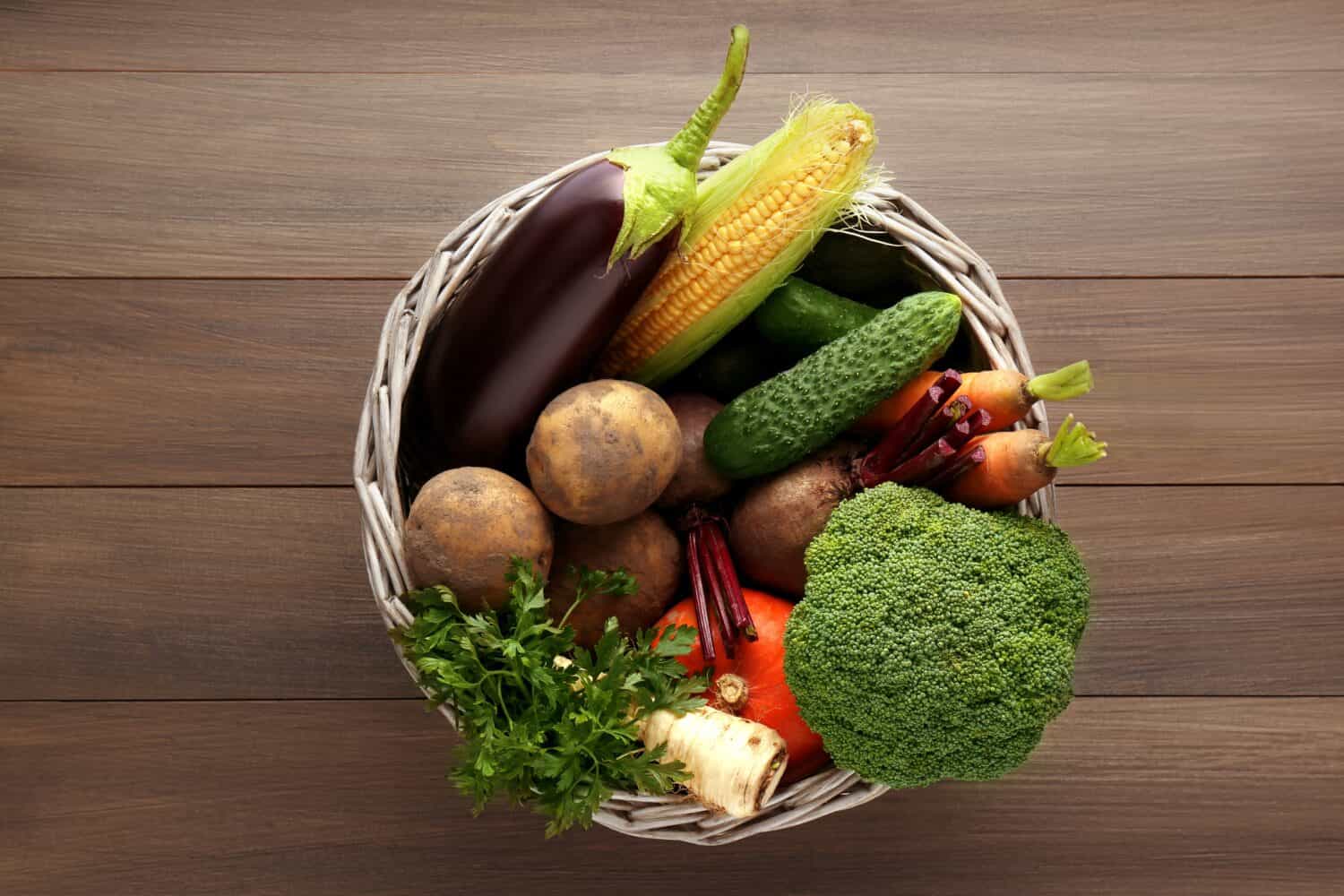Do you want to make better food choices but aren't exactly sure how? You aren't alone; for many of us, trying to figure out how to eat better is confusing, from understanding processed foods to macros to carbs and cholesterol. It seems like everyone has something different to say, and it is hard to know what is actually healthy.
As a general rule, according to author and food writer Michael Pollen, if it grows naturally and doesn't come from a box, then it's healthy. But that isn't necessarily always the case. We have all heard that fruits and vegetables should make up a big part of our diets, and it's hard to really understand the fact that some vegetables are not always the best choice. Of course, unhealthy veggies are still going to be better than a bag of salty, greasy French fries. But if you are trying to change your diet and add more vegetables, you might want to look at the list of the ten vegetables that are not as healthy as you think and learn exactly why they are considered unhealthy and what to eat instead.
How to Define Healthy and Unhealthy
The first step here is to define healthy and unhealthy. For this article, these vegetables are on the list for a mix of reasons, including high levels of pesticides and how they can exacerbate certain health conditions. The list is varied, and you may or may not agree with every vegetable on the list. But every one of them has an explanation of why it made the list. As the consumer and home cook, you can determine whether to completely avoid it or just eat in moderation.
10 Most Unhealthy Vegetables
Our list is more than just the dirty dozen. We have varied reasons for each vegetable. But if you are interested in checking out the Environmental Working Group's complete list of fruits and vegetables and more details on pesticides, check out their list here. They also share the produce that made the Clean Fifteen list.
1. Potatoes
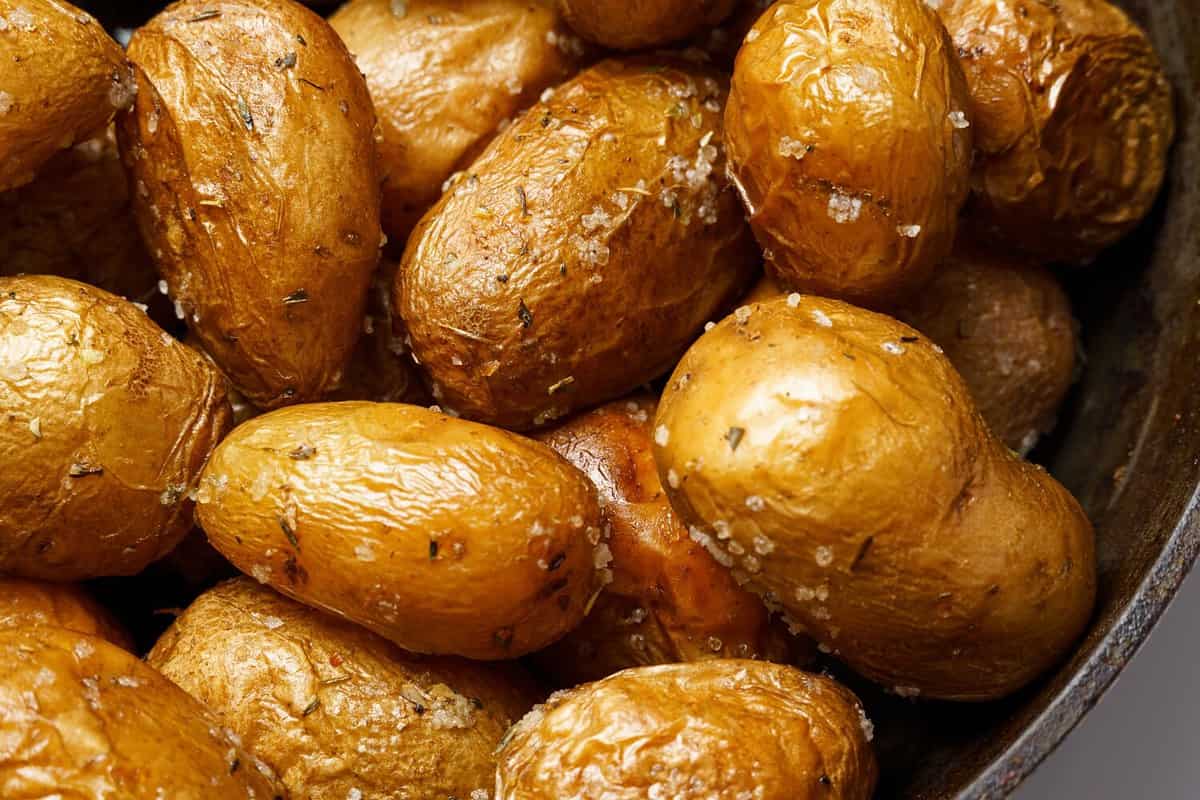
©s_oleg/Shutterstock.com
We have bad news for potato lovers everywhere; they are not good for you for a few reasons. For one, they have excessive starch and don't offer much nutritional value. Spuds are high in carbohydrates, and eating them can make your blood sugar and insulin spike. Studies by the Harvard School of Health have found a correlation between eating potatoes and weight gain and diabetes. In some cases, it is because of how the potatoes are prepared; think baked potatoes with gobs of butter, mashed potatoes with more butter, and fried potatoes dripping with oil.
If the thought of giving up your favorite potato dish seems unreasonable, there are some substitutions you can try. Make French fries with sweet potatoes, or use cauliflower to make mashed potatoes. Or just simply be mindful and limit your potato consumption.
2. Corn
There are two reasons that corn makes our list. The first is that it is high on the glycemic index, meaning, like potatoes, it can cause sugar spikes. Also, corn is a common food allergen. It is one of those sneaky ones and difficult to diagnose because corn and corn syrup are literally in just about everything. According to the USDA, the second reason to avoid corn is because 90% of corn in the U.S. is genetically modified.
But there is some good news here: you can still eat organic, locally-grown corn. The folks at Down to Earth explain how to read labels and look for genetically modified produce. If it has a five-digit number starting with the number eight, it is genetically modified. Unfortunately, PLU codes are not required; they are only optional, so this trick doesn't always work.
3. Iceberg Lettuce
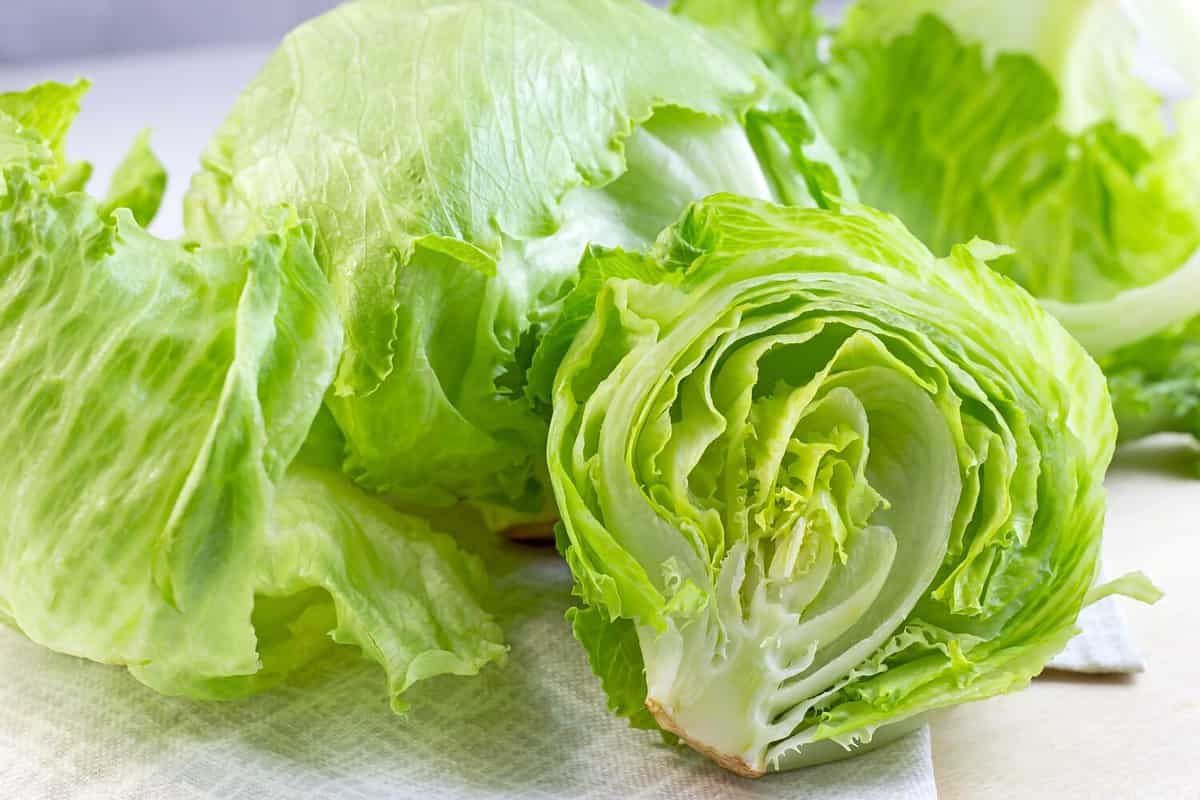
©KatMoy/Shutterstock.com
Basic boring iceberg lettuce is on the offender list not because it’s particularly bad but just because it’s not really anything but water—96% water, to be exact. It is bland, and aside from giving your jaw a workout, eating it. It has little to no nutritional value. And since most people don't just eat plain lettuce, it's often a delivery system for heavy creamy salad dressings like Ranch, Blue Cheese, or Thousand Island.
Instead of iceberg lettuce, opt for romaine, red leaf, or green leaf lettuce. It has more nutritional value and makes a better salad. Spring salad mixes are another good option.
4. Cabbage and Cruciferous Vegetables
This one is mainly for anyone with irritable bowel syndrome or thyroid issues. It's not that cruciferous vegetables like broccoli, cabbage, and cauliflower aren't healthy; of course, they are, but those suffering from IBS should limit their intake or avoid them altogether because they can cause gas, bloating, and stomach distress. People with thyroid issues should limit their intake to half a cup of cooked cruciferous vegetables per day because they interfere with thyroid function and iodine absorption. Of course, you should always talk to your doctor about your specific concerns about these vegetables to see if the pros outweigh the cons in your case.
5. Non-Organic Spinach and Kale
Yes, leafy greens are good for you, but the pesticides they carry are not. Spinach and kale are on the Environmental Working Group's list of the dirty dozen due to excess pesticides. In fact, one of the pesticides is actually banned in Europe because it is a neurotoxin. So enjoy these leafy greens only if you buy organic or grow your own.
6. Non-Organic Celery
You might be surprised to see celery on the list. It seems like a pretty boring vegetable, but the reason it made the list is because it has made the dirty dozen in the past, and it has 67 different pesticides. So, choose organic celery over non-organic celery. But also be mindful of how you eat celery dipped in dressing or covered with peanut butter so it doesn't become a delivery system for high-fat foods.
7. Eggplant
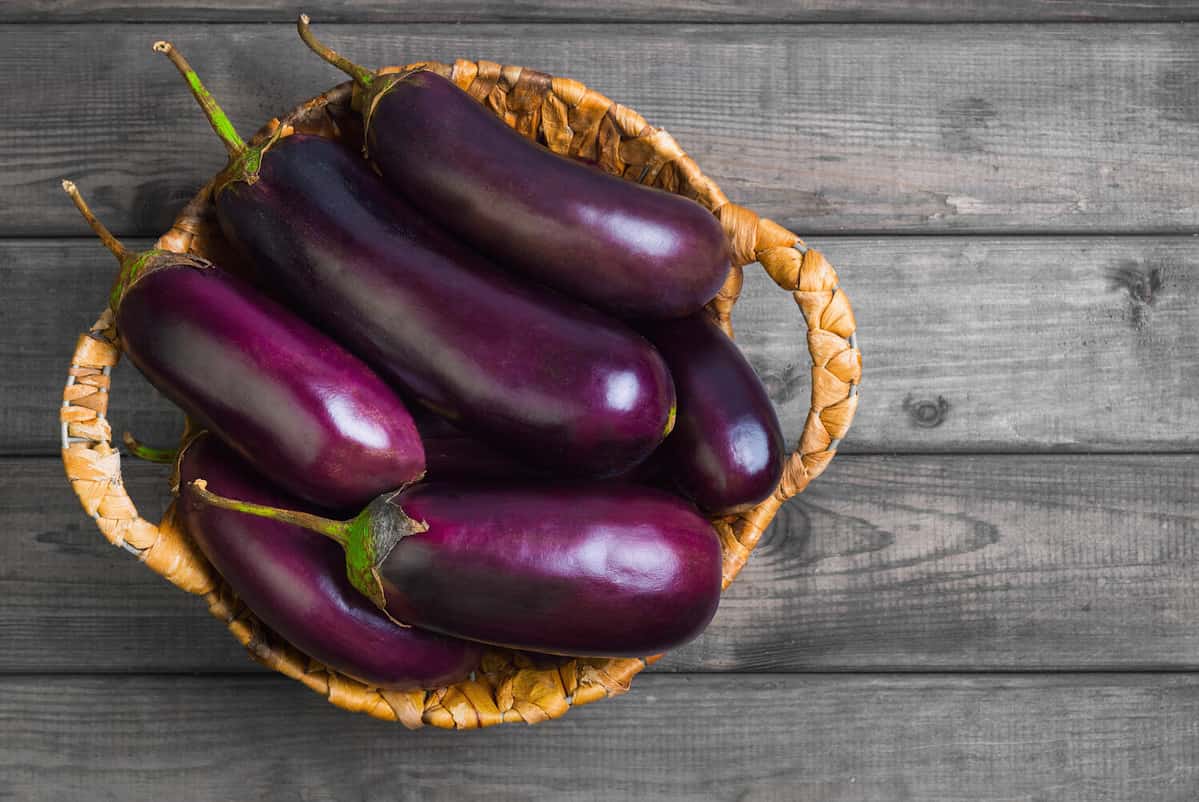
©Sergey Fatin/Shutterstock.com
Eggplants are in the nightshade family, and like tomatoes that are also in the nightshade family, they are, botanically speaking, a fruit, not a vegetable. Nightshade plants produce solanine, a compound that is like a natural toxin to deter predators. Over time, this can build up and cause intestinal issues. Eggplants also contain calcium oxalates, which can facilitate kidney stones. To top it off, eggplant gets most of its calories from sugar, and when it’s cooked, it soaks up oil. You don't have to give up your eggplant parmesan; just limit the dish to special occasions.
8. Cucumbers
Cucumbers are another vegetable you don't have to give up, but you should probably buy organic because of the pesticides. This refreshing green vegetable also has a wax coating that you definitely don't want to be eating. So buy organic, and if that isn't an option, peel your cucumbers before adding them to salads and sandwiches.
9. Canned Vegetables
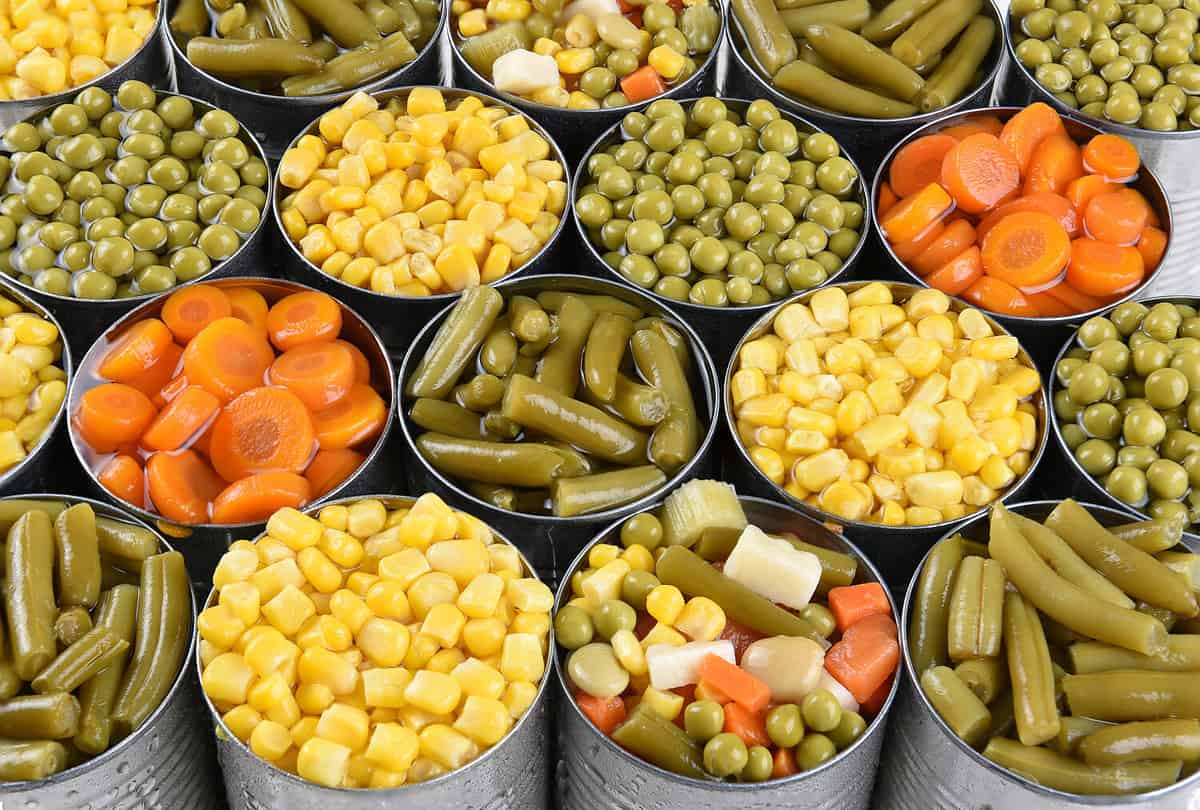
©Steve Cukrov/Shutterstock.com
You might think that canned vegetables are a good, convenient option, but they are full of sodium. High levels of sodium can have detrimental effects on your health. According to the American Heart Association, the ideal limit for salt is 1,500mg per day. And canned vegetables can easily take you over that limit. If you are looking for convenience and don't have reliable access to fresh vegetables, opt for frozen vegetables over canned. Frozen vegetables are canned after picking when they are at their best, so in many cases, they are just as healthy as fresh vegetables.
10. Veggie Chips
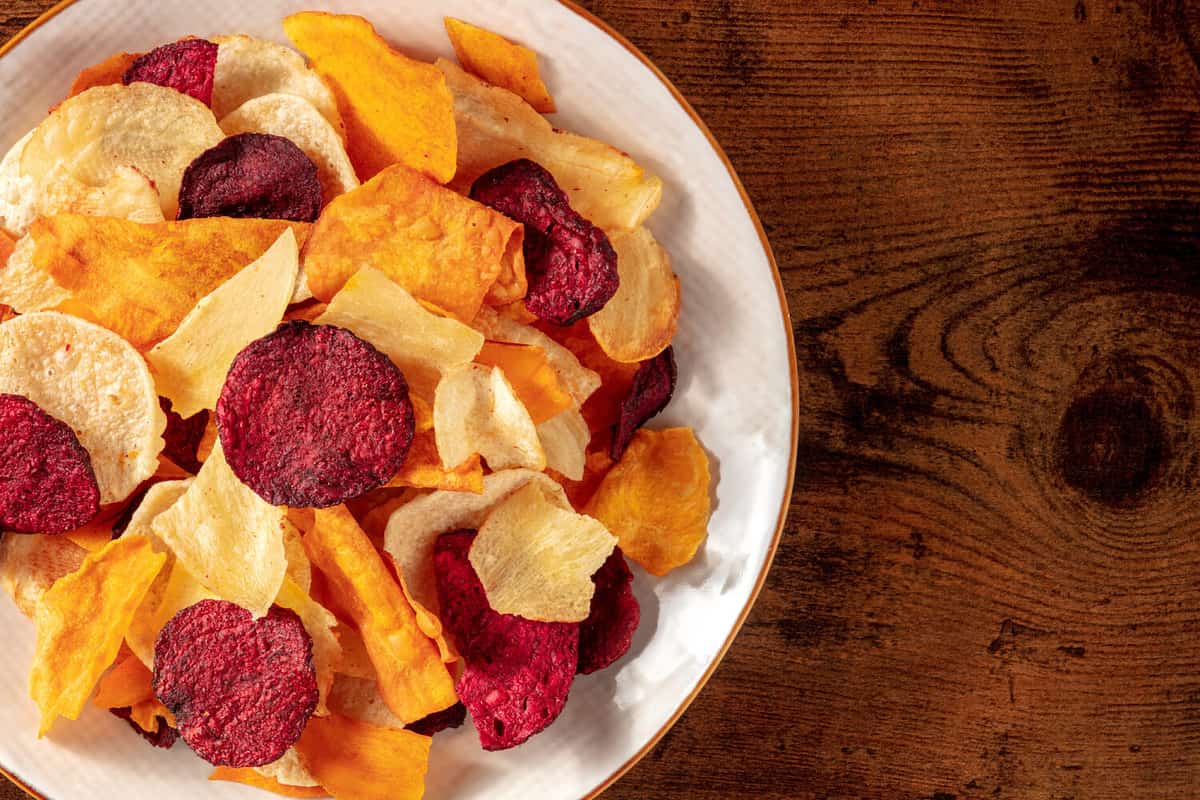
©Cook Shoots Food/Shutterstock.com
When you want a salty snack and you think you are making a good choice with veggie chips rather than potato chips, we have some bad news for you. These crispy veggie chips that come in lots of fun colors are fried in oil and processed just like regular chips. So don't get confused because they are placed in the health food snack section of the supermarket. They are still chips and filled with sodium and oil.
A better alternative to store-bought veggie chips is to make your own. Use an air fryer and organic vegetables to make homemade veggie chips that will be leaps and bounds better for you than those bags at the store.
Here's a healthier homemade version of veggie chips that are just as good (or even better) than the store-bought versions.
Print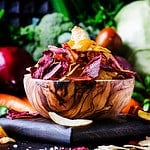
Homemade Veggie Chips
- Total Time: 45 mins
Ingredients
- 2 of beets
- 2 of carrots
- 6 of kale leaves
- 2 tbsp of olive oil
- to taste of salt
Instructions
- Preheat the air fryer to 360°F (180°C).
- Thinly slice the beets and carrots, and tear the kale leaves into bite-sized pieces.
- Toss the vegetables in olive oil and sprinkle with salt.
- Place the vegetables in the air fryer basket in a single layer.
- Air fry for 20-25 minutes, or until crispy, shaking the basket occasionally.
- Prep Time: 20 mins
- Cook Time: 25 mins
- Category: Snack
- Method: Air Frying
- Cuisine: American
In Conclusion
Dietary choices are personal, and everyone has their own nutritional journey. But we hope this list can help you make good choices next time you do the weekly grocery run. Always talk to your health provider about any drastic dietary changes.
The image featured at the top of this post is ©New Africa/Shutterstock.com.
